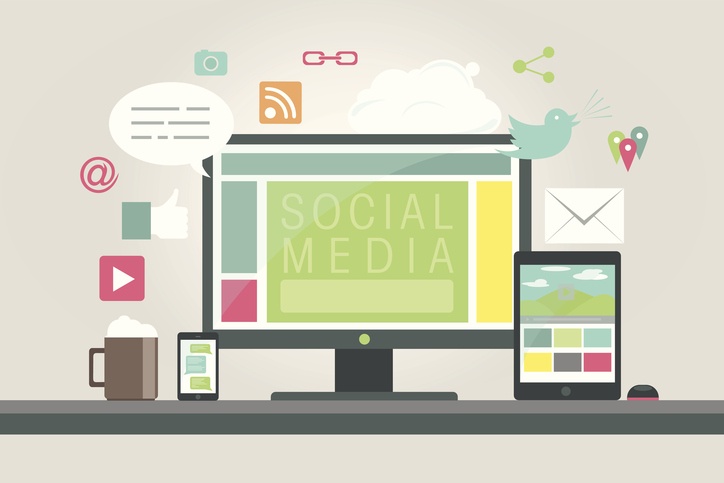What Ushered in the Golden Age of Crisis?

It is clear that 2017 is going to be a vintage year for crises.
We are not half way through yet and the roll call of brands that have faced challenges and rafts of bad publicity include GM, Lockheed Martin, Nordstrom, United Airlines, Delta, Spirit, Adidas, Pepsi, Target, Wells Fargo, Samsung, Uber and Price Waterhouse Cooper, to name but a few.
Get used to it.
There are fundamentals in the way that issues arise and then have the flames of controversy fanned by social media that means this year is not an anomaly – it’s the shape of things to come.
We are entering the golden age of crisis.
Factor #1 – Social media leads, the traditional media follows
It’s not news that social media is where people raise issues and make their
feelings clear, often with the support of large groups of like-minded people. It’s not news that bystanders to any incident are going to whip out their cell phones and have a video on the web within minutes. What is news? That large organizations still get blindsided by all of this!
Watching United Airlines flailing around in those first 48 hours after Dr. Dao was filmed from every angle being dragged off that flight to Louisville, was to watch an organization that apparently could not imagine how this might play out when recounted by other passengers (“We’ll put out a statement – then everyone will understand” – well maybe not!).
The fact that within days Delta and Spirit demonstrated that they still did not get it, or at least members of their cabin crews did not, and had their own moments of infamy broadcast across social media, is even more baffling.
A simple 140-character tweet from the President, or even the threat of such a
tweet, has sent clients scurrying in search of expensive PR counsel.
The fact that Adidas in a careless moment tweeted congratulations to the runners in the Boston Marathon for ‘surviving’ the race, just four years after a bombing that still reverberates to this day.
Social media is all grown up. It has power. It often sets the news agenda for the mainstream, more traditional media.
But the preparedness inside major organizations, the level of issues and crisis
planning and investment in resources that organizations have undertaken to get themselves ready to face threats in the age of social media, is most definitely not all grown up.
Too many organizations lack any kind of formal crisis planning – or have a plan that was built long before social media reached its current level of power.
Neither do organizations appear to have universally invested in the people, processes and technology to manage, track and respond to issues on social media.
Factor #2 – Technology is enabling the threat, but not defenses
An observation that we at RockDove Solutions have made in the past and, I suspect, we will be repeating for some time to come, is that there is little sign yet that organizations are taking the appropriate steps to match the technology-enabled threats with deployment of readily available technology to defend themselves.
It is technology that enables the heightened level of threat that has brought us to the golden age of crisis.
A president with a smartphone and an agile thumb causes chaos in 140 characters. President Donald Trump had 17.1m Twitter followers at the time of writing this blog.
An airplane full of passengers records and uploads the tawdry details of a confrontation between the flight crew and a family with a baby in a minute –giving national television instant content.
It is technology that allows those who would wish to disrupt your business the ability to do so by gathering in virtual communities and galvanizing direct action among thousands of like-minded people.Think NGOs, dissatisfied customers, alienated communities and angry former employees.
Yet there is technology that would enable organizations to respond more effectively and quickly to threats and social media firestorms. We are biased. RockDove Solutions built the marketing leading crisis app, In Case of Crisis, now used by more than 750 organizations across many different fields.
But even allowing for our self-interest, why would you not want your crisis plan accessible at any time of night and day on the one device that your crisis team members are guaranteed to have with them at all times – their smartphones? With a few simple clicks on the crisis app, you activate the team, alert all the people who need to know, share all the necessary updates and access all the company information and resources that you need to build a response to the threat.
Factor #3 – Millennials have a different relationship with brands
Millennials are more engaged with brands and have different expectations. So, Millennials can be a very bad enemy when a brand misbehaves.
In our next blog, we’ll take a closer look at how this factors into the advent of the golden age of crisis.










